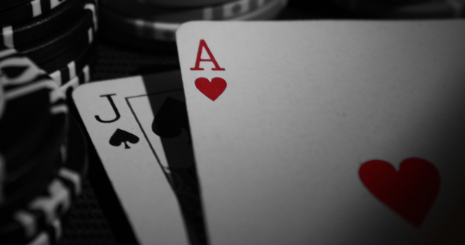
The advancements for equal rights in women’s pay have grown exponentially across Canada. Most recently, the Montreal Museum of Contemporary Art has once again faced a backlash against their lack of equal pay. The women working for MACM have announced that they will be protesting for November 18th and 22nd. Their strike will be focused on the lack of job security with the museum and demand that wages be increased to the same rates as their male co-workers. These women are supported by the Quebec Professional Workers Union, which almost guarantee’s that their strike will be beneficial.
The decision to strike against the Montreal Museum of Contemporary Art was made after an original three-day voting period, where female workers decided if striking was required or not. After intensive debates, it was determined that a strike would be held for six days. However, the Union changed its position and lowered the strike to four days. This wouldn’t be the first time that employees of MACM have gone on strike before, with the museum having faced striking issues for the last five years.
Contract Problems
The Museum of Contemporary Art in Montreal began facing their issues after thirty workers didn’t receive contract renewal in 2015. It became a viral story across the province of Quebec, with the museum forcibly having to rehire the terminated employees. However, they were rehired as part-timers and haven’t received a new contract in five years.
This has brought more problems for the museum, as it was revealed that male workers have continually gained contracts and that male part-time employees receive the same benefit as full-time individuals. MACM has also provided their male employees with a 5.25% pay increase over five years, which is significantly higher than most salaries maintained at Quebec Museums. The Contemporary Art Museum in Montreal was subject to claims of sexism and abuse, with many reporters noting that these men couldn’t receive their pay increases without the loss of contracts for female employees.
The Quebec Professional Workers Union noted that women working at the museum had been underpaid while having to maintain jobs comparable or harder than a man. The MACM is the largest museum in Canada for Contemporary Art, its shocking that they violate equality rights for women.
Quebec’s Problems
The Province of Quebec has been littered with problems regarding sexism for more than a decade. They’re primarily known as a conservative province, with views reminiscent to European Politics. Outdated viewpoints have resulted in women having lower pay or not receiving the same job as men. Since equality became a significant subject amongst Canadians, the urge for women’s rights has increased in Quebec. Changes for women can be seen across the nation daily. Subsequently, the Montreal Museum of Contemporary Art will have no choice but to agree to the union’s demands.








